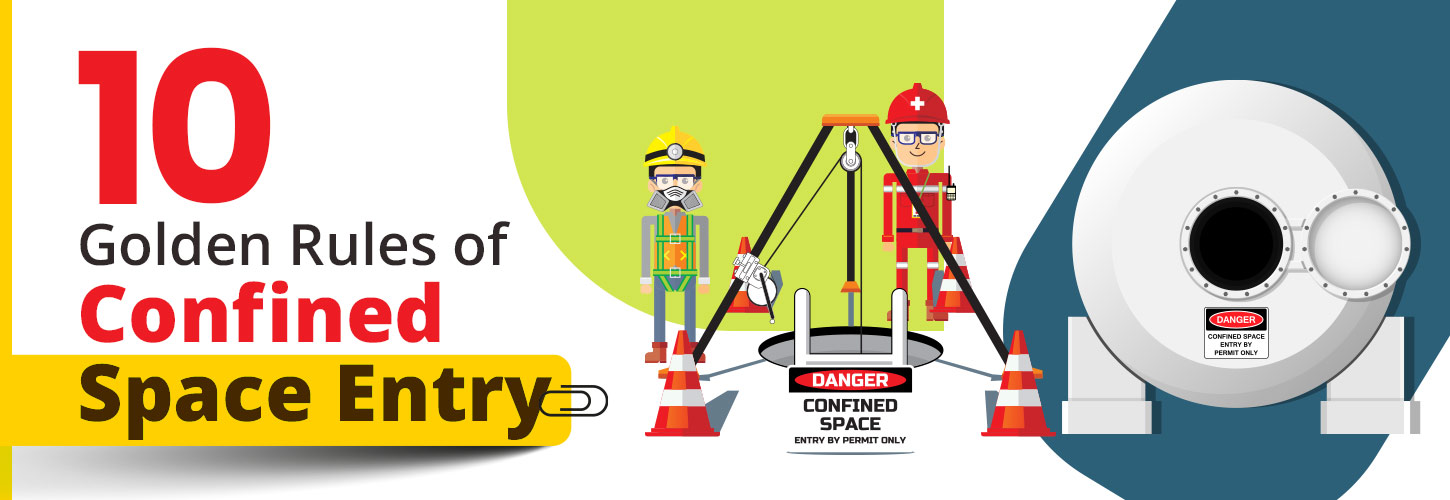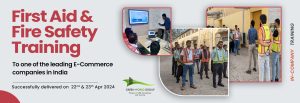
When it comes to confined space safety, there exists a set of golden rules to prevent accidents and safeguard the well-being of workers. This Golden Rules takes you to the essential procedures to enter a confined space.
1. Atmosphere Monitoring
It is the foremost rule in the list as atmospheric problems are the cause behind most fatalities. Instrument monitoring is the only reliable approach for the detection of atmospheric problems. It is recommended that confined space atmospheric monitoring include routine monitoring of oxygen concentrations as well as gas and vapor that may be flammable.
2. Hazard Elimination
Eliminating the hazard is highly prioritized and hazards should be identified during the assessment and must be removed before entering the space.
3. Ventilate the Space
Working on the condition before entry is an efficient way to resolve atmospheric issues. This can be done through proper ventilation and other associated activities. For confined space entry works, forced-air ventilation is the best way, as it dilutes and displaces the atmospheric contaminants of the space. Since the length and amount of bends in the duct can negatively impact the airflow, it should also be considered.
4. Use PPE
The use of the right PPE offers a crucial line of defense for the workers when hazards can’t be controlled or eliminated. PPE for confined spaces covers gas detection, respiratory protection, fall protection, and head protection.
5. Space Isolation
It is a critical risk control measure aimed at avoiding the introduction of flammable, toxic, or dangerous materials into the space during occupancy.
6. Aware of the Attendant’s Role
It is necessary to have the presence of an outside attendant for the safety of the entry operation and the contribution is essential to help during emergencies. The key role of the attendant is to ensure that the situation doesn’t worsen and support if the entrant faces any injuries or calls for external retrieval if it is available. However, the attendant should never enter the space during conditions such as multiple fatality incidents that arise from rescue processes.
7. Rescue Preparedness
In case of an emergency, it is necessary to respond in the best possible manner to handle the situation. It is important that the rescue crew is equipped with advanced rescue equipment.
8. Adequate usage of lighting
Adequate and right lighting is necessary for safe performance in the environment. It ensures that visual work is done accurately, and safely.
9. Emergency planning
It is good to be prepared to deal with emergencies, if they occur, with prompt and effective actions in place.
10. Effective communication
Since the risks in confined spaces are not apparent, workers should be prepared with a good knowledge of effective communication to remain safe.
Confined spaces present significant risks to workers, and it is important to adhere to these golden rules to mitigate such risks.

